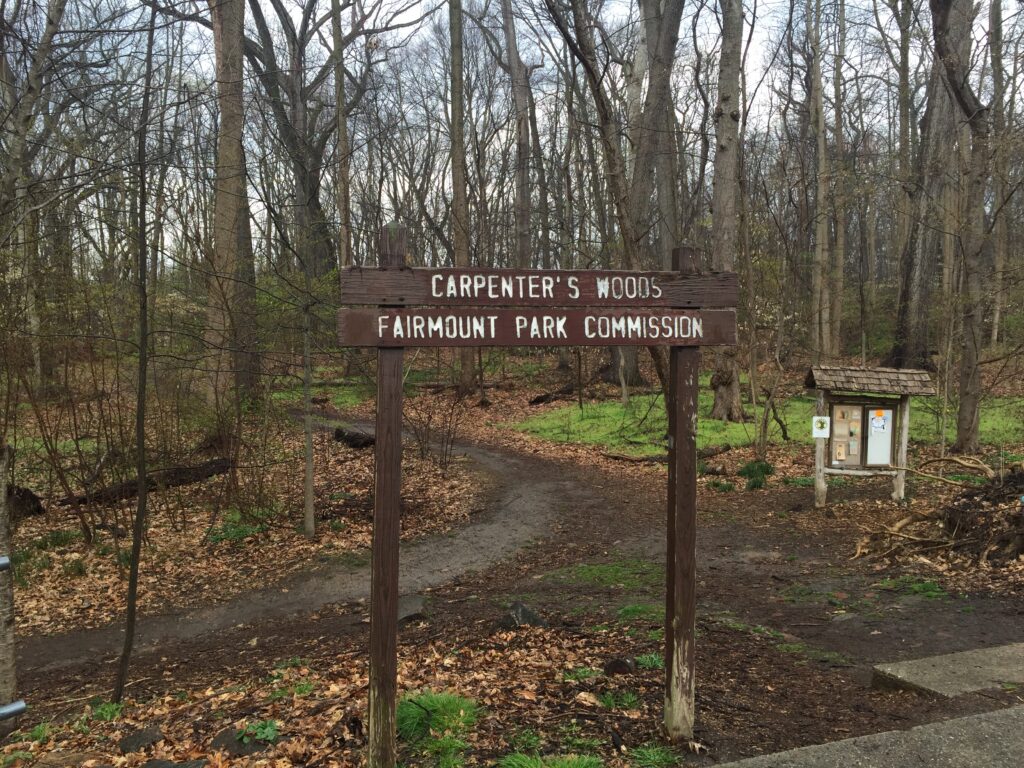
We are connected to our natural water, both in the house, and outside in the environment.
As you are staying home as much as you can and physically remaining distant and socially staying connected, be glad that you have reliable, healthy, high quality drinking water!
Our drinking water in the City of Philadelphia is pumped from the Schuylkill and Delaware Rivers, and cleaned to high quality in one of three Philadelphia Water Drinking Water Treatment Plants. Where does the water come from before it gets to the river? In some areas it might come from springs underground, however, in Philadelphia and most of the suburbs, the water we drink is from surface water: rivers and reservoirs. Rain runs off from the surface of the land around the rivers. This land is the watershed of the river. A watershed is the land that “sheds the rain” to the river. You can create a paper watershed at home, and explore what happens when water rains on the land, and runs off to the river.

Make a Watershed
The point of this activity is:
- To see that rain falling on high ground will run across the land to the river.
- To see that trash and pollution on the land will be carried by the rain to the river.

Materials
- Plain paper sheet, at least letter size, but larger is better.
- A pan to catch water (for example, a broiler oven pan).
- A slope (for example, a cookie sheet).
- Small jars to hold up the paper (to make hills under the paper).
- Tape to hold paper in place.
- Permanent marker or pen (to mark the high ridges).
A selection of Items that will be pollution:
- Washable markers
- Food coloring/powdered chocolate/Kool-Aid powder.
- Spices such as herbs, pepper, colorful turmeric or paprika.
- Spray bottle of only water or a bowl of water that you can use, dipping your fingers in the water and sprinkling (making rain).
Directions: You can do this different times, in different ways, as you see fit.
Crumple the paper, and open it up, arranging it as land on a slope, with higher ground and lower ground. Use small jars or cups to make the hills and a valley. Mark the ridges with the permanent marker or pen.
To show pollution, make up a story of pollution, placing different colors of things on the ground as you tell the story. Perhaps: Billy was out walking, and he noticed soda cans and plastic bottles on the ground. Shantel was at the playground and she noticed torn newspaper advertisements and cigarette butts on the ground. Kai’s uncle noticed a pool of car oil on the street. Kim’s cousin noticed dirty diapers in the street gutter.
What else could be on the ground that is left by people and causes problems for the river? Place all the pollution that you want to demonstrate on your model.
- dog waste
- industrial chemical spill
- cooking grease
- road salt
- fertilizer/pesticide/insecticide/herbicide
Finally, make it rain by sprinkling water on the paper model of the land.
Notice that all the pollution from the land can make its way to the river.
We each can do our part to keep the river clean by helping to keep the land clean!
